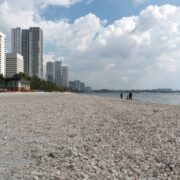Italy’s high-speed rail line looks to reverse depopulation
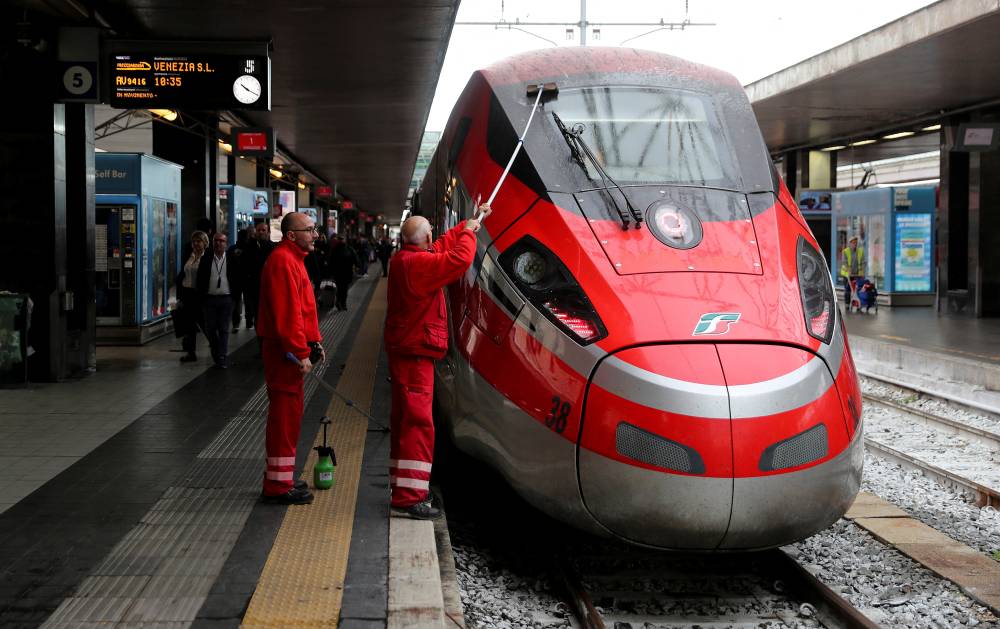
SANT’AGATA DE’ GOTI, ITALY—Italy’s high-speed railway is finally pressing into the heart of the underdeveloped south, using European Union funds in the hope that the new network will help reverse years of depopulation and lift the lackluster economy.
The 145-kilometer line will connect the cities of Naples on the Mediterranean coast to Bari on the shores of the Adriatic in just two hours, against four at present.
The link, which is being upgraded and will also be managed by state-controlled railway group Ferrovie dello Stato (FS), is expected to be completed by 2028.
“It’s a revolutionary project, two Italian ports and two seas will be connected,” said Alessio Forestieri from construction company Pizzarotti, part of the consortium building the line, which also includes constructors Ghella and Itinera.

Costing just over $6.48 billion, almost a quarter of this will come from the EU’s COVID-19 recovery fund.
Italy is the largest recipient of the fund and has been criticized for missing spending deadlines and constantly seeking revisions of its original plans. However, the high speed line is already being held up as a success story.
The project is part of a broader FS strategy to invest some 60 billion euros in its network over the next 10 years, strengthening and extending services nationwide.
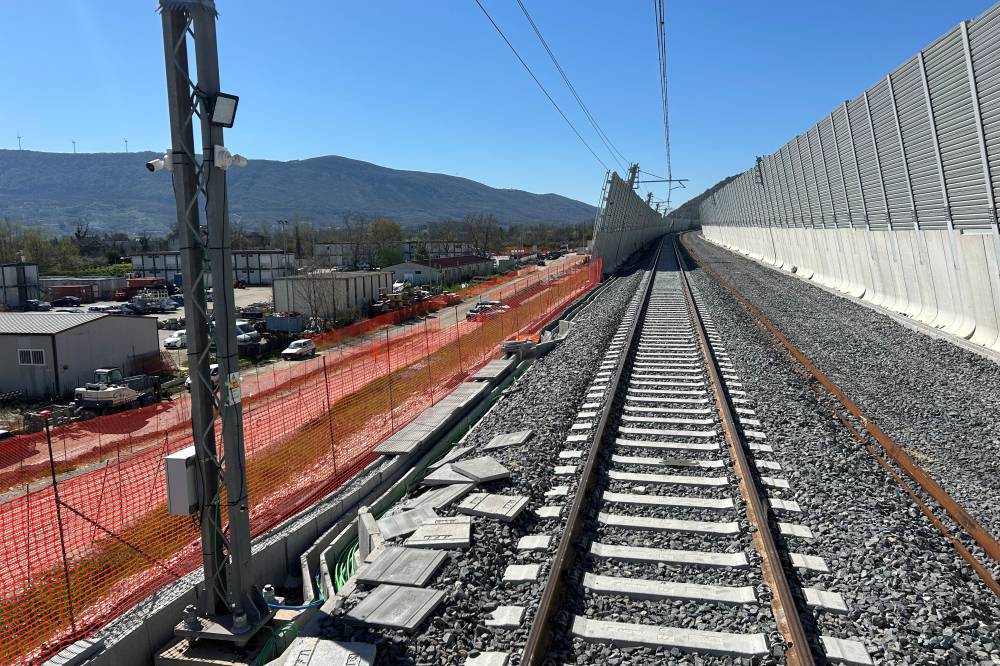
Despite operating more than 17,000 km of rail lines, Italy’s network has been heavily skewed towards the wealthy north, leaving more remote, internal areas of the peninsula under-served, especially in the south.
More than 1,000 km of the FS tracks carry high-speed trains, but after reaching the southern-most point in 2009—the city of Salerno, close to Naples—development further south faced constant delays because of persistent funding problems.
Revamp
The two-track line to Bari will replace the current, slow single line. All existing stations will be revamped, with a new one created in the remote area of Irpinia, inland from Naples. Southern-focused think-tank Svimez estimates that, in the construction phase alone, the new line will generate new business worth more than 4 billion euros and 62,000 jobs.
Federica Favo, a 29-year old from Naples who works on one of the construction sites, says the project has helped her and many new graduates.
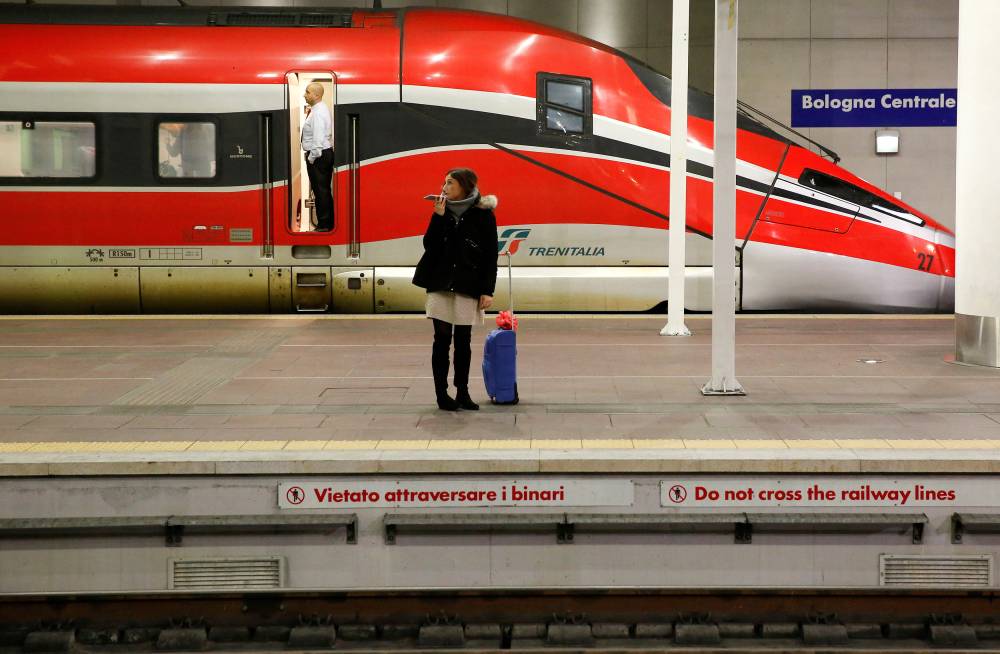
“When I started studying civil engineering everyone said it was crazy, but now there’s a real jobs market in the area. The base camp is like a town, which offers so many opportunities for the area,” she told Reuters.
Italy’s south, known as the “Mezzogiorno,” is in dire need of a lift.
In the 10 years to 2022 almost 200,000 young graduates left the southern regions for central and northern Italy and a further 138,000 moved abroad, the latest Svimez data shows.
Crucial line
The think-tank has forecast that by 2080, the south will lose over 8 million residents—its share of the total Italian population falling to 25.8 percent from 33.8 percent at present.
Giuseppe Cirillo, head of the fast-speed project for FS infrastructure unit RFI, said the new link could stem the exodus.
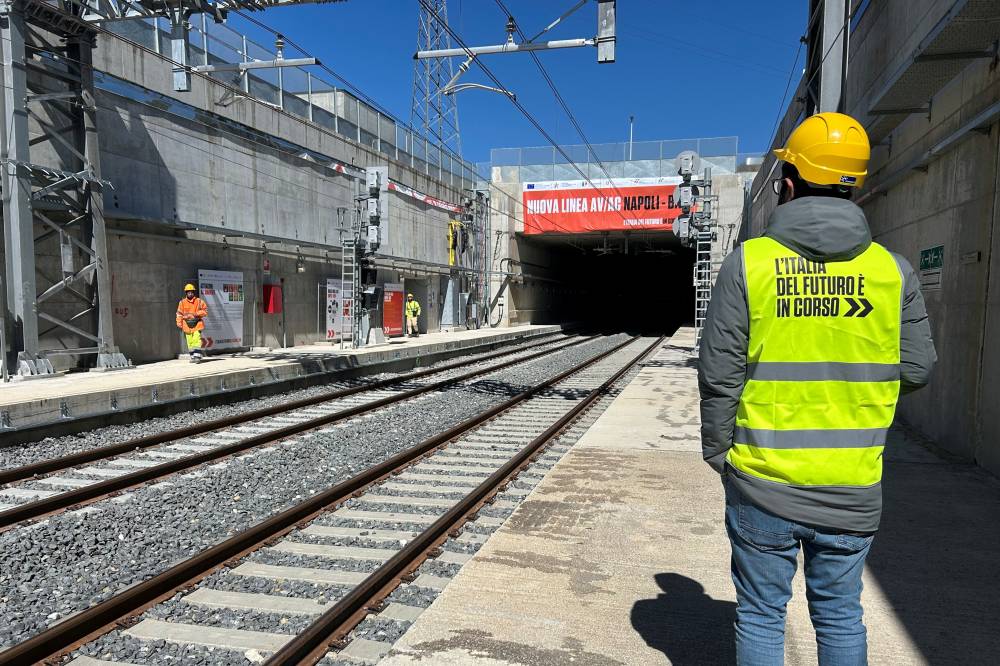
“Activating the line is crucial, especially for all those inland areas and villages that have been suffering severe depopulation in recent years,” he told Reuters.
The line should allow people to keep living in their small hometowns and commute to larger cities to work, rather than uproot as they now have to do, he said.
Angela Lombardi, from the remote village of Savignano Irpino, said finally having a station will hugely broaden the travel and job opportunities for local residents.
“It’s a first for our area,” she said. “This line will give us a choice.”
Reuters, the news and media division of Thomson Reuters, is the world’s largest multimedia news provider, reaching billions of people worldwide every day. Reuters provides business, financial, national and international news to professionals via desktop terminals, the world's media organizations, industry events and directly to consumers.












